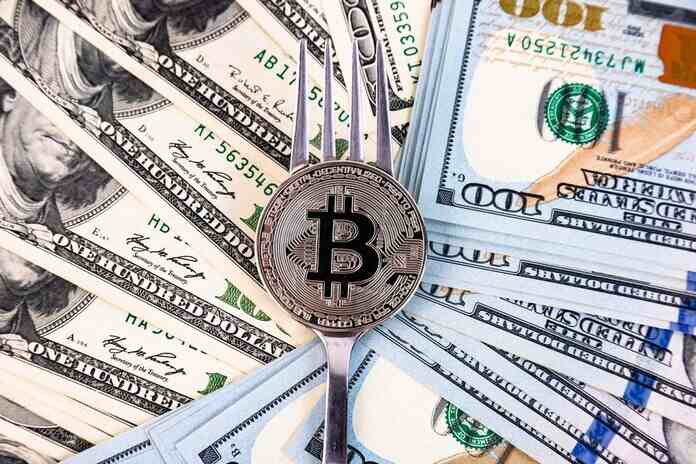Ethereum (ETH) Investors Assess Potential for $4,000 Rally or $3,000 Dip

Amidst a broader market crash, Ethereum experiences a 2.50% decline, fueling concerns of a potential drop to $3,000. Despite this setback, some investors maintain optimism for long-term gains, pointing to the possibility of a bullish trend triggered by Bitcoin Halving. However, ETH faces resistance even as it finds support at $2,850, with conflicting signals from technical indicators adding to market uncertainty.
Ethereum, the leading altcoin by market capitalization, has not escaped the recent market downturn, witnessing a 2.50% decline in price. Worries about a potential descent to $3,000 have emerged following this setback and amid broader concerns of a significant market correction.
Nevertheless, despite the current downturn, certain investors remain hopeful about Ethereum’s long-term trajectory. The historical precedent of Bitcoin Halving sparking an altcoin season hints at the potential for a future uptrend.
With a market capitalization of $382 billion, Ethereum has experienced an 18% drop over recent weeks. However, the ETH price has found support around the 50% Fibonacci level, approximately $2,850.
The consolidation on the weekly chart between the 50% and 61.80% Fibonacci levels has been prolonged by the latest downturn. The smaller rejection from the 50% Fib level suggests a possible bullish breakout, potentially leading to sustained levels above $3,000.
Can Ethereum Regain Momentum?
At its current trading price of $3,140, Ethereum displays an intraday Doji candle, highlighting the altcoin’s volatile nature. The resumption of an upward trend for Ethereum may occur if the market manages to avoid further losses.
Technical indicators offer a mixed outlook for Ethereum. The bearish crossover in the MACD and signal lines on the weekly chart reflects the recent pullback phase. However, a rebound from the 50% Fib level in ETH price could reignite positive momentum.
A potential breakout above the $3,265 resistance level may signal an entry opportunity for a bull run continuation. Such a scenario could test the formidable $4,000 resistance level, potentially resulting in a 25% increase.
However, while the likelihood of a drop to $3,000 remains minimal, it still concerns investors amidst the current market conditions. The prevailing uncertainty prompts investors to carefully evaluate the potential outcomes for Ethereum’s price movement.
Featured Image: Freepik



